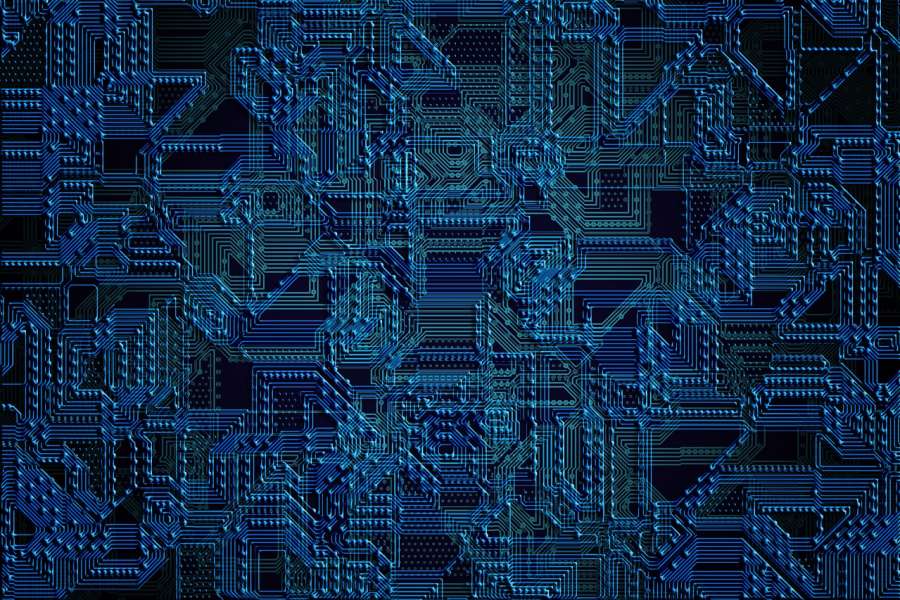![Montreal - [Grattacielo Città Edificio]](https://res.cloudinary.com/dmzkvsfdw/image/upload/h_600,ar_4:3,c_fill,q_auto,f_auto/media_production/Montreal_tucwki)
Highlights
Keep up with REMAP
News and updates
- News
REMAP's take on copper electroplating
Green copper plating formulation unveiled - Event
REMAP contributes to the debate on gender. Talk and radio interview.
Convegno annuale Donne e Scienza. I valori della scienza tra etica, immaginari e carriere.09/12/2024 - News
Summer school on raw materials in photovoltaics - University of Milano-Bicocca
Phillip Dale gives a lecture on Chalcogenide PV with a perspective on the raw materials.
Project in brief
REMAP’s long-term ambition is a paradigm shift in microfabrication
Surface patterning is crucial for the progress of key enabling technologies (KETs) such as advanced manufacturing, microelectronics, nano/biotechnology and photonics.
The current paradigm in surface patterning is optical projection lithography (OPL), a paradigm designed for high-resolution. However, emerging green technologies like micropatterned photovoltaics (PV) require high quality patterning at scale/throughput that is hardly attainable by OPL economically and sustainably. Importantly, half-pitch resolutions on the tens of μm-scale are totally acceptable for such applications, which does not justify the use of high-end OPL. In these cases, OPL is unsuited, because it relies on disposable masks with extremely high embodied energy. While the key asset of OPL is the mask, it is the component that currently makes it low-throughput and energy/material inefficient. Extensive efforts have been directed to develop maskless strategies, but most fall short when it comes to throughput and design flexibility.
REMAP envisions a radically new and green surface patterning technique based on the spontaneous formation of reusable magnetic masks. Such masks are possible using fully adjustable and reversible interactions of “magnetorheological electrolytes” (MRE) on a substrate and microstructured magnetic fields generated by a permanent array of electromagnets below the substrate. By selectively activating each micro-electromagnet, it is possible to modulate the intensity and shape of the magnetic field (hence the mask) over space and time.
This way, REMAP enables high-throughput area-selective additive and subtractive patterning on a surface at room temperature and pressure. Furthermore, the newly devised MREs and the tuneable magnetic array developed within REMAP will pave the way to a plethora of future applications from lab-on-a-chip biomedicine, NMR analysis and smart fluids for robotic space exploration.
Activities
How are we going to revolutionize microfabrication?
Through a close interaction between experts belonging to very diverse disciplines: Formulating the MREs requires profound knowledge spanning pure and applied chemistry (organic functionalization, click-chemistry, inorganic MNPs synthesis, ionic liquids, chemical non-linearity), to soft matter physics (colloidal science, rheology and magnetic fluids). The fabrication of the remote controller requires state-of-the-art facilities and expertise in micro-fabrication, solid state magnetism, and electrical engineering.
Building the PV proof of concept involves know-how in mechanical engineering, electroplating, reactive annealing and semiconductor PV technology. An effective pathway to impact requires broad expertise in IP, in-depth knowledge of economics, business and policy, as well as soft skills on inclusive innovation and teaching strategies, including tactful talent in social sciences and humanities (SSH), like gender studies.
WP1 - Chemical formulation
Davide Peddis, UniGeThis work package is dedicated to the formulation of the magnetorheological electrolytes (MREs).
WP2 - Microfabrication
Sascha Sadewasser, INLThis work package is dedicated to the microfabrication of the device that manipulates remotely the MREs.
WP3 - Proof of Concept
Phillip Dale, UniLuThis work package is dedicated to the demonstration of reusable mask patterning, making use of the outputs from WP1 and WP2.
WP4 - Pathway to impact
Lorenzo Dall'Oro, RINAThis work package is dedicated to the valorization of REMAP’s intellectual property, and includes outreach activities.
WP5 - Management and Dissemination
Diego Colombara, UniGeThis work package is dedicated to the overall management of REMAP, as well as to the scientific dissemination of REMAP’s research output.
Consortium
REMAP’s institutions
REMAP leverages the expertise of seven partners from five EU Countries:
ITALY (Università di Genova & RINA) - FRANCE (CNRS & Solvionic) - PORTUGAL (INL) - GREECE (NCSR"D") - LUXEMBOURG (Université du Luxembourg)
People
REMAP’s Governing Board
Diego Colombara, Davide Peddis, Charlotte Hurel, Pauline Rulliere, Kalliopi Trohidou, Sascha Sadewasser, Phillip Dale, Margherita Cioffi
Open positions
Work with us
If you resonate with REMAP’s philosophy, get in touch!
There may be opportunities… we are hiring!!!
Results
Check out REMAP’s research outputs
Click below on the type of result you are interested to check. All outputs will appear here as soon as available!
Press room
Here you can view REMAP’s press releases and media coverage. Our top-notch results will show up here!
![Montreal - [Grattacielo Città Edificio]](https://res.cloudinary.com/dmzkvsfdw/image/upload/h_400,ar_16:9,c_fill,q_auto,f_auto/media_production/Montreal_tucwki)
![Cu-Alanine paper - [Diagramma Complotto Scienza]](https://res.cloudinary.com/dmzkvsfdw/image/upload/h_400,ar_16:9,c_fill,q_auto,f_auto/media_production/Cu-Alanine_paper_ch0isa)
![Donne e scienza - [Azzurro Font Blu elettrico]](https://res.cloudinary.com/dmzkvsfdw/image/upload/h_400,ar_16:9,c_fill,q_auto,f_auto/media_production/Donne_e_scienza_kcdtxp)
![Phillip Dale Bicocca - [Giunto Spalla Camicia da abito]](https://res.cloudinary.com/dmzkvsfdw/image/upload/q_auto,f_jpg,c_crop,h_400,w_711,x_-148,y_0/c_scale,h_400/media_production/Phillip_Dale_Bicocca_bbfojt)











